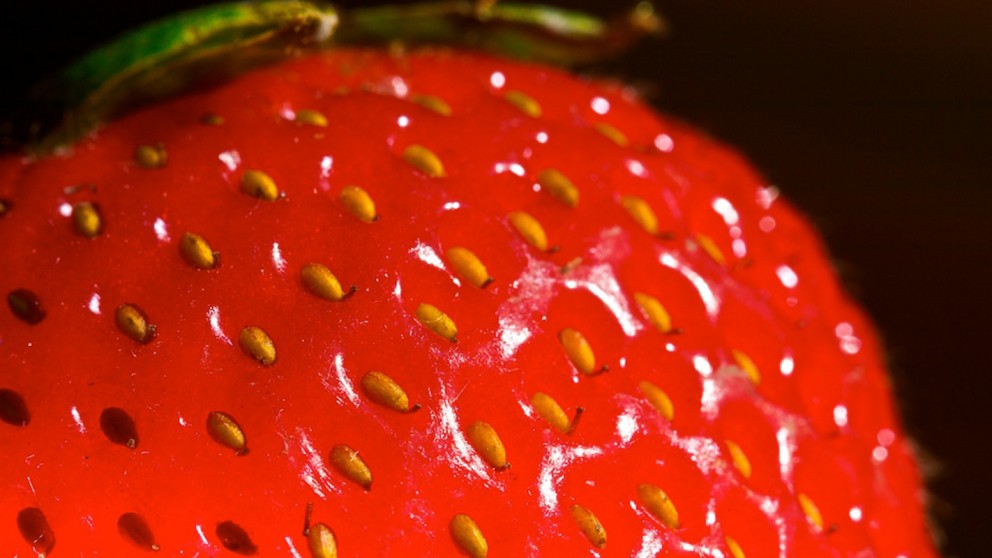
photo credit: David Lenker. photo shared beneath a creative Commons license. click on for greater assistance.
"Why do strawberries have their seeds on the outside, as a substitute of on the interior?" That became the question one among my daughters requested lately. I had no idea, so I reached out to Chris Gunter, an associate professor of horticultural science at NC State. And the reply surprised me.
First off, strawberries don't maintain their seeds outdoor their fruit. these things we consider of as strawberry seeds aren't seeds – and the big, purple strawberry "fruit" isn't technically a fruit.
In "genuine" fruits, like peaches*, a flower is pollinated after which the flower's ovary swells and turns into the fruit, with the seed or seeds within the center.
not so with strawberries.
When a strawberry flower is pollinated, the fruit doesn't swell. The fertilized ovaries in the flower form separate, small, dry fruits. these "seeds" on the outside of a strawberry are basically the fruits, each and every of which consists of a single seed.
The ripe, red, fleshy part that we feel of as the strawberry "fruit" is in fact swollen receptacle tissue – the a part of the plant that connected the flower to the stem. When a strawberry flower is pollinated, it triggers the receptacle tissue to develop and change.
but that still doesn't answer the query, it just adjustments it a bit. Why are the small, dry fruits found on the outside of the pink, candy component that all of us want to consume?
The short reply is that we don't in fact be aware of which evolutionary forces caused the strawberry to strengthen the manner that it did.
despite the fact, Gunter notes, "there are a number of primary explanation why vegetation have advanced distinctive styles of fruits. One intent is to appeal to anything that spreads seeds."
a fine instance is the avocado. Scientists trust the avocado, with its gigantic wood-like seed, advanced to be eaten with the aid of large animals that lived lots of years in the past. One of those animals would chow down on some avocados and both go away partially-eaten fruit (and its seed) regional, or the seed would circulate all the method throughout the animal and be left in the back of in its waste. on account that these large beasts are not any longer with us, avocados are now elegant on human intervention to unfold their seeds.
"A 2nd evolutionary strategy is for vegetation to locate approaches for his or her fruit to disperse on their own," Gunter says. "for example, they may additionally fly within the wind, like a dandelion, or be moved by using the water, like a coconut."
The third option is for a plant to locate ways for a fruit to discourage animals from eating it. "as an example, the gingko fruit smells putrid," Gunter says. "The intention there's for the fruit to no longer get eaten, so that the seed can rely on the fruit's nutrients to help its increase."
most likely, the strawberry went for evolutionary option number one – attract something to spread the seeds. but we don't recognize the specifics.
*word: The instance for a true fruit was at the start an apple. and then somebody informed me that apples are not authentic fruits either. in reality, they belong to a gaggle called pseudo-carps, or false fruits. That's because the part we think of as the fruit is crafted from plant materials other than the ovary. And – surprise – the fleshy part of an apple is additionally fabricated from the receptacle tissue. In other words, it become simply concerning the worst illustration I might have idea of to hold up as the alternative to a strawberry. however now i know that – and so do you!
0 comments:
Post a Comment